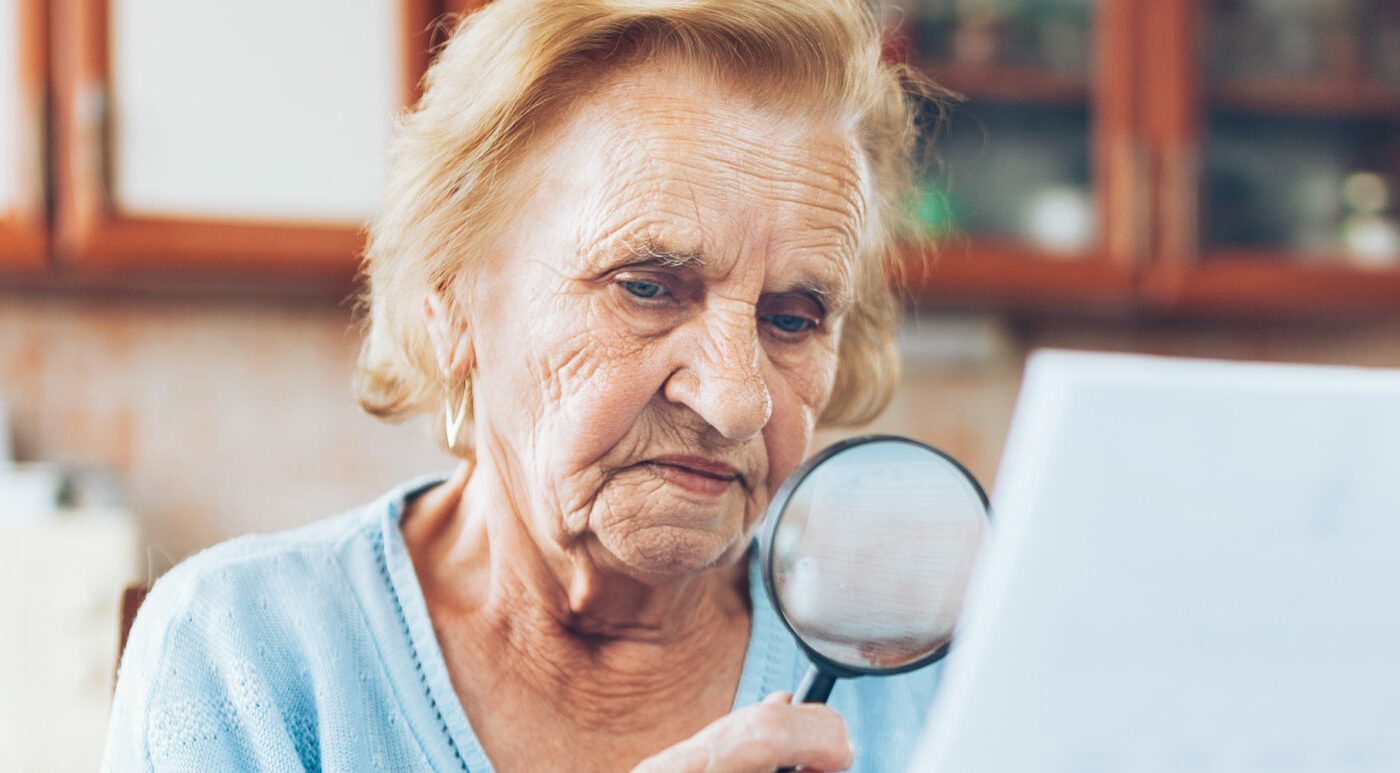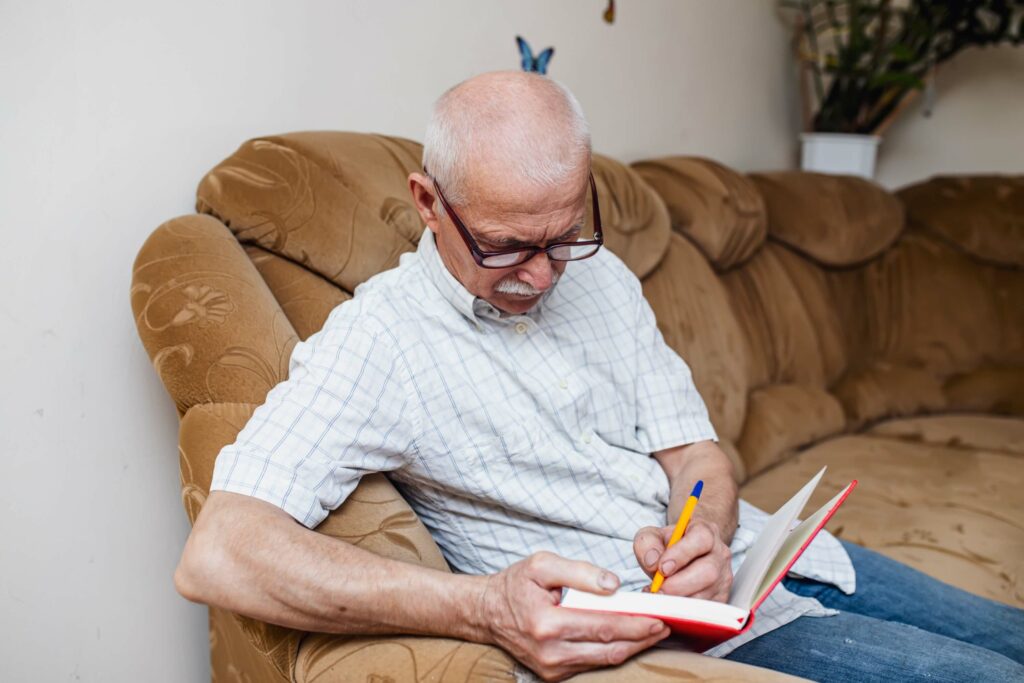What are direct payments? – direct payments for care at home

The information in this article is for those living in England, if you’re in Scotland or Wales, direct payments are slightly different, please visit our funding page here for more details.
Am I entitled to direct payments?
To get care and support assistance from the local authority, you start by requesting a needs assessment. The assessment determines your needs and decides if they meet the eligibility criteria for care and support. If your needs are eligible, the authority must complete a means test, to work out if you can afford to pay for the care you need. If you pass both these assessments your local authority must provide the necessary assistance. the authority will collaborate with you to create a written care and support plan outlining how they will meet your needs and what they deem an appropriate amount of funding to do this – you can then request this assistance to be provided in the form of direct payments.
There is no set time frame for how long it’ll take to complete your assessments and receive your funding. If you think you need funding support, it’s best to apply as soon as you can.
The entitlement of you, or a loved one, to a direct payment is based on two interdependent assessments – the needs assessment and the means test. It’s important to realise, under the Care Act 2014, your local council is unable to decline your application for direct payments on arbitrary grounds. In other words, they’re a right, not a privilege. And, if you find resistance, once you’ve applied the burden of proof that it’s not a suitable option for yout or your loved one is on the local authority.
How do I get direct payments?
The entitlement of you, or a loved one, to a direct payment is based on two interdependent assessments – the needs assessment and the means test. It’s important to realise, under the Care Act 2014, your local council is unable to decline your application for direct payments on arbitrary grounds. In other words, they’re a right, not a privilege. And, if you find resistance, once you’ve applied the burden of proof that it’s not a suitable option for yout or your loved one is on the local authority.
Direct payments: Care needs assessment
This is exactly what it says on the tin. An occupational therapist, nurse – or sometimes a social worker will talk through how you or your loved one copes with everyday activities such as getting dressed, undertaking household tasks and ability to maintain personal hygiene.
After the assessment has taken place, the outcome will be based on a national checklist of needs, which all local councils are required to use by law.
You will likely qualify for care and support if:
– You or your loved one has mental or physical conditions that constitute a care need, or they are suffering from an illness.
– You or your loved one isn’t capable of at least two ‘care outcomes’ – these are from the nationally agreed checklist, examples include the ability to cook, get dressed or maintain personal hygiene.
– Or, you or your loved one’s well being is suffering because they’re not getting the help they need.
Direct Payments: Means test
The means test is a financial assessment that looks at the value of the assets held by the person needing care , assessing broader financial circumstances. The amount you or your loved one is entitled to may vary from region to region. The means test looks at ‘income’ (such as pensions and benefits) as well as ‘capital’ (such as cash savings and assets).
An advantage of opting for live-in care is that the value of your home is not considered in the means test, as it is if you’re looking at a care home. However, other ‘capital’ is considered. Under current rules, if you have over the following amount (apart from the value of your home) you won’t be entitled to direct payments to fund live-in care:
| Region | Upper savings threshold | Lower savings threshold |
|---|---|---|
England | £23,250 | £14,250 |
Wales | £50,000 | N/A |
Scotland | £32,750 | £20,250 |
Northern Ireland | £23,250 | £14,250 |
Lower Threshold: If your savings and assets fall below the lower threshold, the local authority may provide complete coverage for your care.
Upper Threshold: If the capital exceeds the maximum limit, individuals may be responsible for covering their own care expenses.
Between: If your capital falls within the range of the upper and lower thresholds, you may receive partial financial assistance, though some expenses will still be your responsibility (excluding Wales)

What is a Personal Budget?
The term “personal budget” refers to the cost of care and support services provided by the local authority. It is calculated on a weekly basis. Your personal budget amount is important for receiving help from the local authority. A higher personal budget means the local authority may contribute more towards your care costs. This can significantly impact how your care needs are addressed.
The Care Act defines a personal budget as having three parts.
- The overall cost to the local authority of meeting your needs including both the eligible needs it is legally required to meet and any additional needs it chooses to meet.
- The amount you need to pay, determined after a financial assessment.
- The net amount that the local authority must pay to meet your needs.
The local authority is required to adhere to specific standards while determining your personal budget.
Transparency: Local authorities should provide clear and transparent information about their calculation processes. It’s important to have access to sufficient information to understand how the system operates, how your indicative amount is determined, and how your actual personal budget amount is calculated.
Timeliness: You have the right to know the budget amount at the start of the local authority care planning process.
Sufficiency: Regardless of the method used to calculate your personal budget, the final amount must sufficiently cover your assessed eligible needs and should consider your reasonable preferences for meeting those needs.
According to the guidance, local authorities should not impose arbitrary limits on personal budgets that would force individuals to move into care homes against their wishes. They are expected to be flexible and consider the actual costs of meeting each person’s eligible needs.
How do I choose and apply for direct payments?
Once you’ve been assigned your personal budget, you may choose to receive the funding as a direct payment. This means your local authority will allow you to manage and use your funding on a care provider of your choosing. You’ll need to request a direct payment if you wish to use Elder.
If your loved one is already receiving care, you should ask your local council on their behalf about direct payments. Similarly, your loved one’s social worker or occupational therapist should discuss direct payments with the family during the care needs assessment.
If you’re looking to arrange care for someone in England, Wales or Scotland you can apply for direct payments at the GOV.uk website by clicking here.
How do direct payments work?
You’ll receive Direct payments straight into your bank, Post Office, building society or National Savings & Investments (NS&I) account.
Your Direct payments can only be used for the agreed care services.
For example, the local authority will monitor how you use the payments through an annual review. Remember to keep receipts and bank statements to prove what the payments have been used for.
Your local authority may also ask for proof through timesheets signed by carers, receipts for equipment or invoices from home care and live-in care agencies.
Consider setting up a bank account specifically to receive your direct payments and pay for care. If you do this, it’s easy to keep track of your spending, and you can then submit the entire bank statement to your local
The benefits of direct payments
Direct payments offer individuals the ability to have greater control and choice in arranging and receiving their care and support.
You can hire your own care workers and create a care arrangement that personally suits you in various ways, for example:
- You can always have the same carers who get to know you well
- You can find a carer who speaks the same language as you
- Choose a carer with experience in your specific care needs
- Hire a carer who has been recommended by someone you know
- Find someone who can assist you in social activities or run errands with you

Do I need direct payments for live-in care?
If you’re looking at using government funding to pay for live-in care, it’s essential you apply for direct payments.
What can a direct payment not be used for?
Direct payments cannot go towards your everyday living costs, such as food, and household bills. You can’t pay rent with your direct payments, including service charges, if you live in supported housing. You also can’t use the payments for personal entertainment, such as restaurants or a new TV, and items linked to harm in health and safety, such as alcohol and tobacco.
If you receive other benefits such as Disability Living Allowance (DLA) and Personal Independent Payments (PIP), these must be used for the reasons they’re given to you, such as travel, and you shouldn’t use direct payments in their place.
If you use the money for things not in your care plan, you may have to pay it back.
What if you want to cancel direct payments?
The decision to opt for direct payments isn’t a final decision. Your council is still legally required to arrange an alternative care service if you decide another option is more suitable.
Direct payments may not be for you if:
- You’re unsure about managing your own money
- You or your family may find it difficult to arrange or manage your care
- You’re often in hospital
If you require assistance with record keeping or managing caregivers, your local council can provide support.
Read more care guides

How to prepare for a live-in caregiver
Care at home: how to prepare the home for a live-in caregiver A live-in carer can make a massive difference to your loved one’s quality

6 tips for finding the right live-in carer
Finding the right live-in carer is a significant and deeply personal decision, impacting your loved one and the entire family. You’re seeking someone trustworthy, compassionate,

The cost of care – everything you need to know
The true cost of care – everything you need to know Discover the true cost of care and explore your funding options with our care

Understanding autism in older adults
While Autism is usually diagnosed in childhood, an increasing number of older adults are being formally diagnosed in later life. Masking autism symptoms can result

A guide to speaking with a loved one about home care
Why do older adults resist care? A guide to speaking with a loved one about home care Bringing up the topic of care at home

How to choose the right personal alarm for seniors: A comprehensive guide
Personal alarms for elderly Discover how personal alarms work, who they’re best suited to, and how they provide greater peace of mind to older people